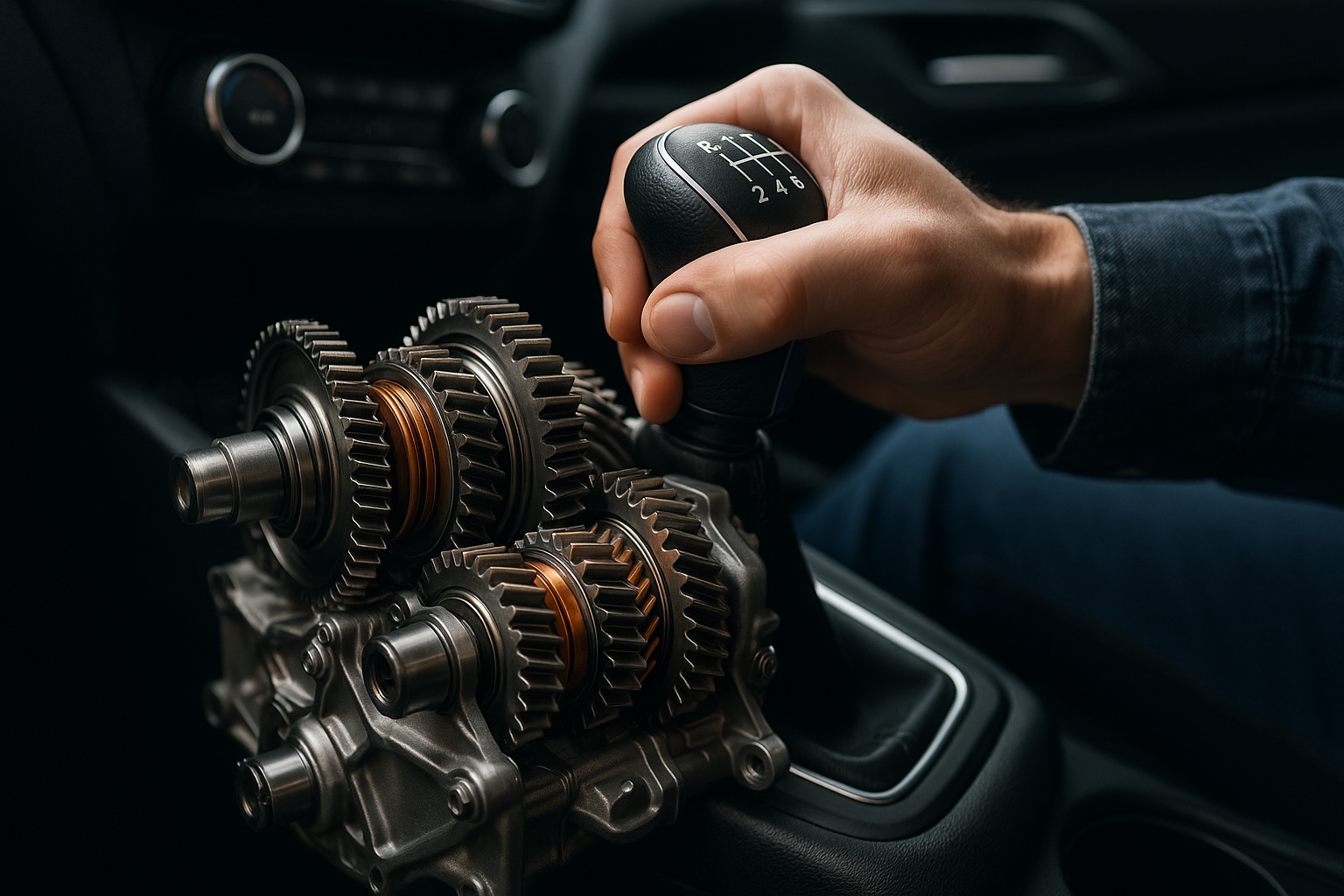"Shifting Gears: The Intricacies and Advancements in Dual-Clutch Transmission"
Introduction: Rev your engines and buckle up as we delve deep into the world of dual-clutch transmission (DCT), a technology that has transformed the driving experience over the past few decades. What's the secret behind its seamless gear shifting and enhanced fuel efficiency? Let's shift gears and find out.

Dual-Clutch Transmission: A Quick Overview
Innovation is the fuel that drives the automotive industry. One such technological innovation that has gained traction is the Dual-Clutch Transmission. Conceived in the 1930s, DCT was initially utilized in racing cars before it became mainstream. This system uses two separate clutches for odd and even gear sets, functioning as a two-in-one manual transmission that offers automatic gear changes.
The Inner Workings of DCT
DCT operates on a relatively simple concept with a complex execution. The system comprises two separate clutches, each connected to a different gear set. While one clutch is engaged, the other pre-selects the next gear. This anticipatory mechanism results in uninterrupted power flow and quicker gear changes, offering a smoother, more efficient driving experience.
The Advancements in DCT
Over the years, DCT has seen significant improvements. The earlier versions were prone to overheating, causing wear and tear. Modern DCTs, however, have improved cooling systems and materials that can withstand higher temperatures, reducing the risk of overheating. The latest DCTs also come with advanced electronic control units (ECUs) that ensure more precise and responsive gear shifts.
The Impact and Benefits of DCT
The impact of DCT is evident in its growing popularity among car manufacturers and drivers. It combines the benefits of both manual and automatic transmissions, offering smoother rides and better fuel efficiency. DCTs are also lighter than traditional automatic transmissions, which contributes to improved vehicle performance and less strain on the engine.
The Challenges Ahead for DCT
Despite the benefits and advancements, DCT isn’t without its challenges. The complexity of the system makes it expensive to manufacture and maintain. Some drivers also report a lack of smoothness at lower speeds. However, with continuous research and development, these hurdles are being addressed, paving the way for more refined and affordable DCTs in the future.
In conclusion, the Dual-Clutch Transmission has carved a niche for itself in the automotive world, offering an efficient and smooth driving experience. As the technology continues to improve and evolve, we can expect to see more advancements that will further revolutionize our driving experiences.





